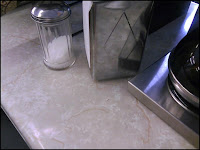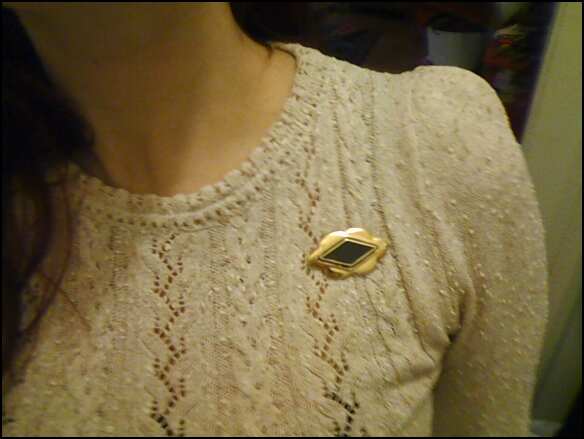Wednesday, December 22, 2010
Thursday, December 16, 2010
collecting an image
Francis Alÿs: Fabiola at the National Portrait Gallery, London

oh fabiola, you are a diamond. but with my diamonds i must make them again. it is the remove that intrigues me --

---Mary Rowlandson, Narrative of the Captivity and Removes of Mrs. Mary Rowlandson: who was taken by the Indians at the destruction of Lancaster, in 1676
first there was fabiola.
then, the copy, a painting. over a thousand years after her death. lost, now.
and then, more copies. which duplicate an original that no one has seen or touched.
original: fabiola the human or fabiola the first-painting?

oh fabiola, you are a diamond. but with my diamonds i must make them again. it is the remove that intrigues me --

---Mary Rowlandson, Narrative of the Captivity and Removes of Mrs. Mary Rowlandson: who was taken by the Indians at the destruction of Lancaster, in 1676
first there was fabiola.
then, the copy, a painting. over a thousand years after her death. lost, now.
and then, more copies. which duplicate an original that no one has seen or touched.
original: fabiola the human or fabiola the first-painting?
Monday, December 6, 2010
Friday, December 3, 2010
experience to believe

MS M.106 fol. 88v, Pierpont Morgan Library, New York

--from Emily Dickinson's Master Letters
....and i always thought thomas was the saint of proof. but remember, he is called doubting thomas for a reason.
he must experience -- find his proof -- in order to believe.

--April D. De Conick, The Original Gospel of Thomas in Translation. The Gospel of Thomas was believed to be a "false gospel" by the early church, and not included in the Bible. It was (re)discovered near Nag Hammadi, Egypt, in December 1945, in one of a group of books known as the Nag Hammadi library.
"That the Doubting Thomas ampullae [flasks] were created to evoke a popular holy site or revered relic seems unlikely, since none of the early pilgrim texts makes more than a passing reference to the fact that the event was thought to have taken place at Holy Sion; moreover, the inscriptions on both flasks leave no doubt that they, like the others, contained sanctified oil from the Golgotha Cross. It seems more probable to suppose that the portayal of this scene on this object was intended to remind the pilgrim of the Gospel account of Thomas' incredulity [..] Doubting Thomas provides an obvious biblical parallel for the pilgrim and his own experience. Significantly, the words on the flask, “My Lord and My God," are those which come from Thomas' lips at the moment when, like a pilgrim, he touches and believes."
--from Gary Vikan's brilliant essay, "Byzantine Pilgrimage Art", which can be read here.

Doubting Thomas Pilgrim Ampulla (Flask), note the DIAMOND -- Monza, Treasury of the Cathedral of St. John the Baptist (Jerusalem ca. 600)
Wednesday, November 24, 2010
words of power
from the Universal Etymological English Dictionary, 1731
Vulnerary Herbs: promote healing of wounds with broken skin such as abscesses, eruptions and cuts.
“The Hidden Name was secretly inscribed in the innermost recesses of the Temple, guarded by a sculptured lion. If, as was most unlikely, an intruder saw the name, the lion would give such a supernatural roar that all memory of it would be driven from his mind. But Jesus knew this, he evaded the lion, wrote the Name, cut his thigh open and hid it within the wound, closing it by magic. Once out of the Temple he re-opened the incision and took out the sacred letters.”
--The Law and the Word, 1919, Thomas Troward
"The Pitt diamond, it is said, was found in Golconda in the year 1702, by a slave, who, being desirous of keeping the stone to himself, made a wound in his thigh, placed the diamond in the wound, and covered it over with a bandage."
--Picturesque Science, for the Young
Friday, November 19, 2010
lineage

Sebastian Munster, Europe as a Queen, Basel 1570
what we learn from the middle ages, from the world:
the body teaches us about enclosure: the blood is enclosed by the body.
the blood defines the individual. and the blood defines the collective. and the blood is proof of existence. and the blood must be kept enclosed.
bleeding endangers the integral. consanguinity. there is no introduction for bad blood: the other, outsider cannot wave hello. the skin is a fence for blood. the nation is a fence for blood.

Consanguinity Chart
from the Etymologies by Isidore of Seville
Prüfening, Germany; ca. 1160–65
Bayerische Staatsbibliothek, Munich, Clm. 13031
"Girls of fortune, we, and this is the first time, here in Brighton, that we call ourselves fortunate, perhaps because we're talking about our past, know that we come from a long and glorious lineage. Of death. For one of the meanings of the word lineage is 'dead.'"
--Kathy Acker, Pussy, King of the Pirates
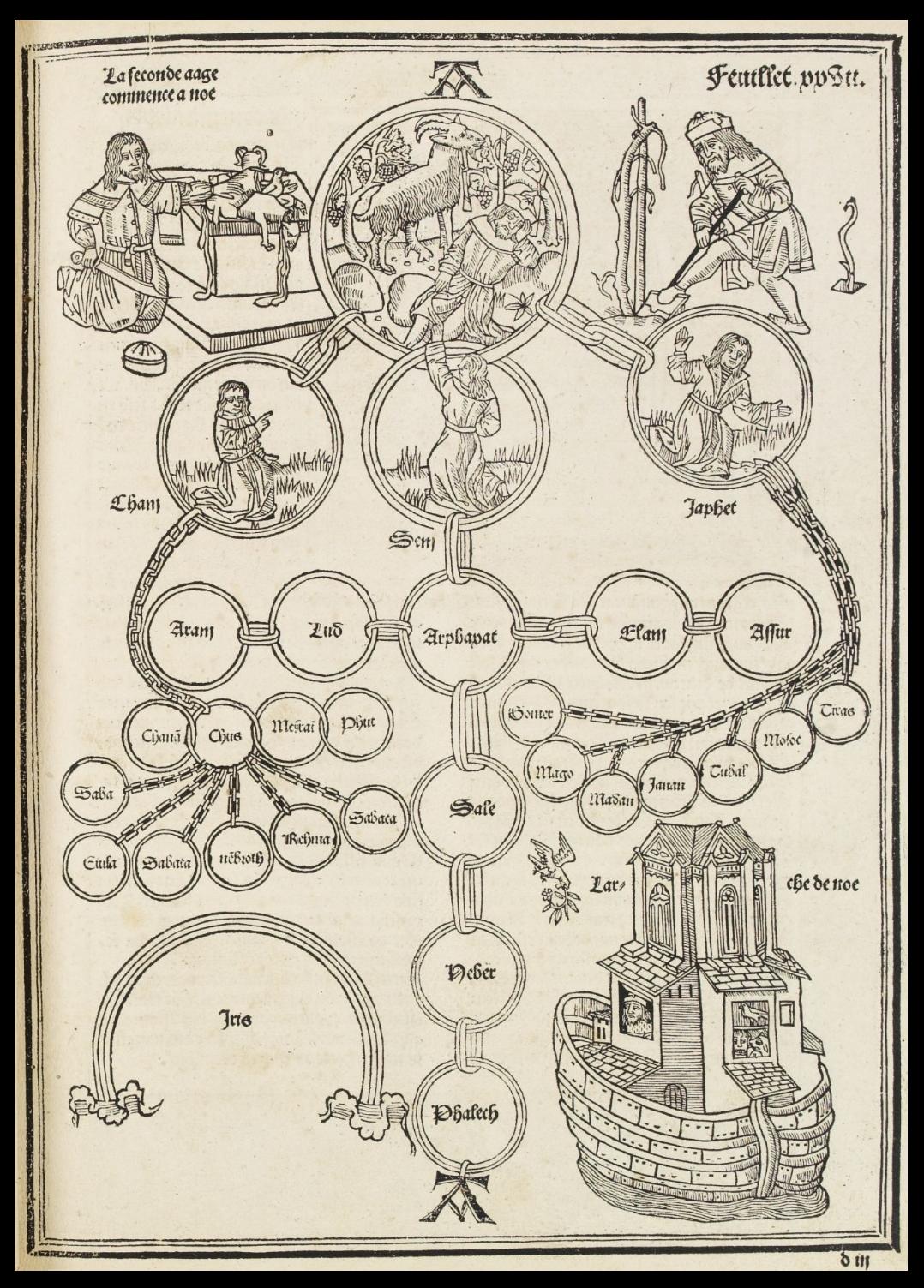
The genealogical tree of Noah from 'Rudimentum Novitiorum' (Handbook for Beginners), Lübeck, 1475
"Lineage and blood relate... to every ordering by kinds, where every stranger,every strange thing, marks the absence of neutrality [...] We institute our hierarchies of blood in a forgetting that pretends to neutrality without responsibility. [..] Kinds in lineage and blood come forth in ambiguous profusion, overlaying, overlapping, intermingling beyond any system of classification."
--Stephen David Ross,The Gift of Kinds: the Good in Abundance: an Ethic of the Earth
"..All margins are dangerous. If they are pulled this way or that the shape of fundamental experience is altered. Any structure of ideas is vulnerable at the margins. We should expect the orifices of the body to symbolize its especially vulnerable points.
--Mary Douglas, Purity and Danger: an Analysis of Concept of Pollution and Taboo
also: Bodies, Buildings, and Boundaries:
Metaphors of Liminality in Old English and Old Norse Literature
Thursday, October 14, 2010
Saturday, October 9, 2010
more fingers, more proof

"[The Pope] holds the host with his left hand and points toward a chalice on the altar with his right. [...] A strange object, which appears to be a finger, rest on top of the chalice. Two sets of creases, visible underneath, mark its joints, and a fingernail has been delineated at the upper right."
--from "An Early Image of a Mass of St. Gregory and Devotion to the Holy Blood at Weingarten Abbey", Michael Heinlen, in Gesta, Vol. 37, No. 1
St. Gregory (Pope Gregory I) was saying mass when a woman present started to laugh during Communion, saying to a companion that she could not believe the bread was Christ, as she herself had baked it. Gregory prayed for a sign, and the host turned into a bleeding finger.

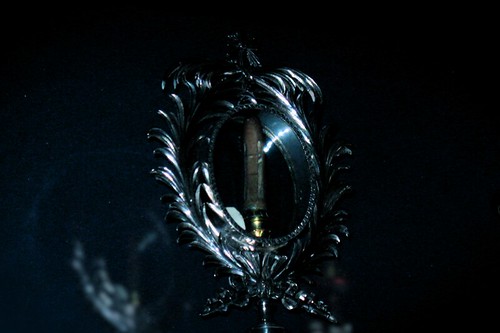
relic of the finger of thomas the apostle, rome, italy (my photo, taken 6/2009)
Thursday, September 23, 2010
if you do, it will bleed

"You make something resembling blood. If there were a way home it would be a mystery, Flannery O’Connor might say. No use trying to prattle your way into mystery. But tell what you see, tell what the blood was like, and maybe a gesture will form. Probably unbearable. Certainly unclean. And then you will go ahead with your exile."
--Anne Carson, from "Untitled (Flannery)"
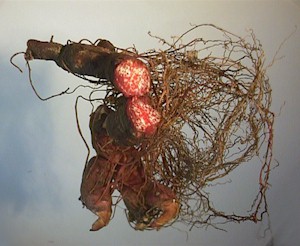
bloodroot
"And I thought/Of the tongue, of how it is a wound, a pool of blood,/And of how you should bind a wound."
--from "Pale Rider", Brigit Pegeen Kelly

Thursday, September 16, 2010
exactly-- what is proof?

finger of st. thomas, the doubting apostle

detail of doubting thomas
"What gives the soul its deepest wounds brings to it best relief"
--Beatrijs of Nazareth
Saturday, July 31, 2010
Wednesday, February 10, 2010
Saturday, February 6, 2010
Monday, February 1, 2010
diamond body

"..the moment of effacement of the boundary between an opaque object and a living body..." --Patricia Cox Miller, The Corporeal Imagination: Signifying the Holy in Late Ancient Christianity
Friday, January 29, 2010
diamonding, wounding
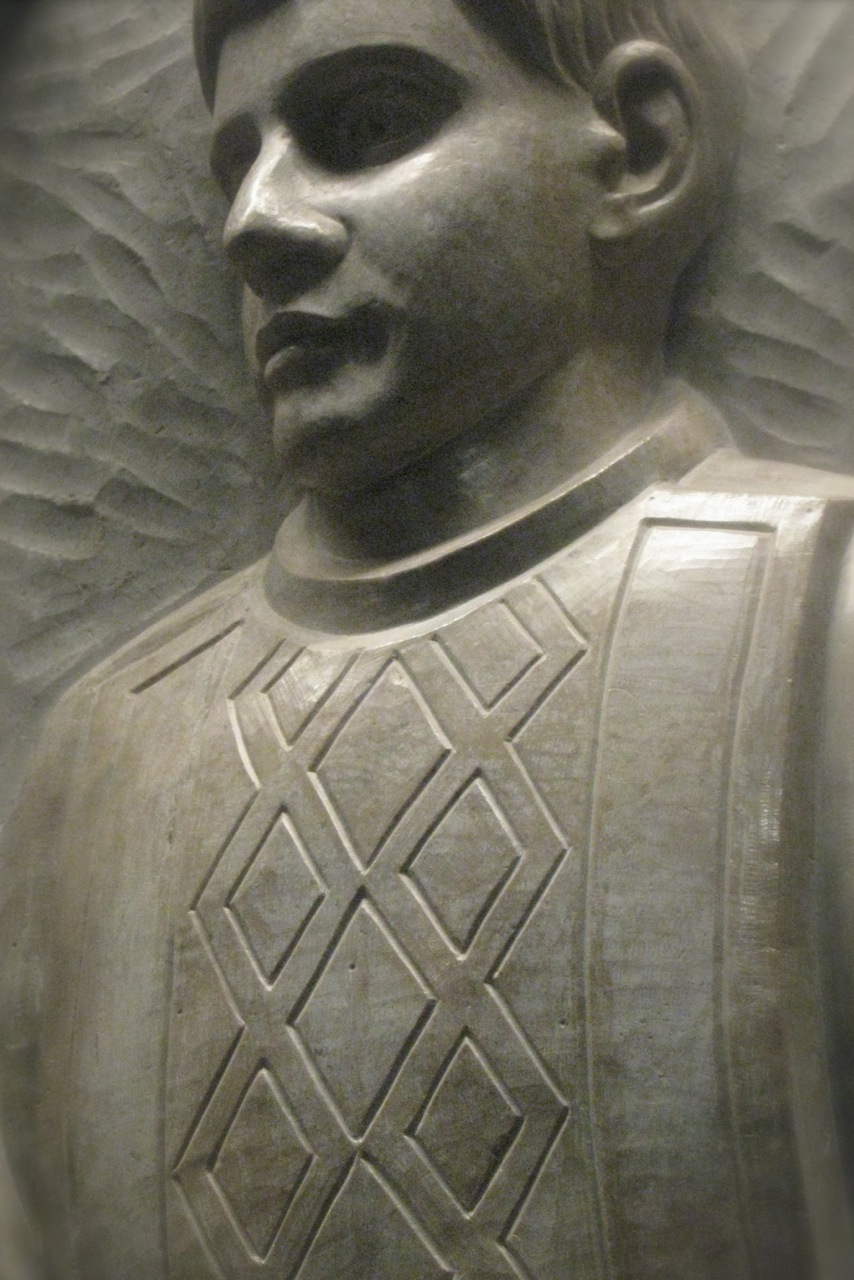

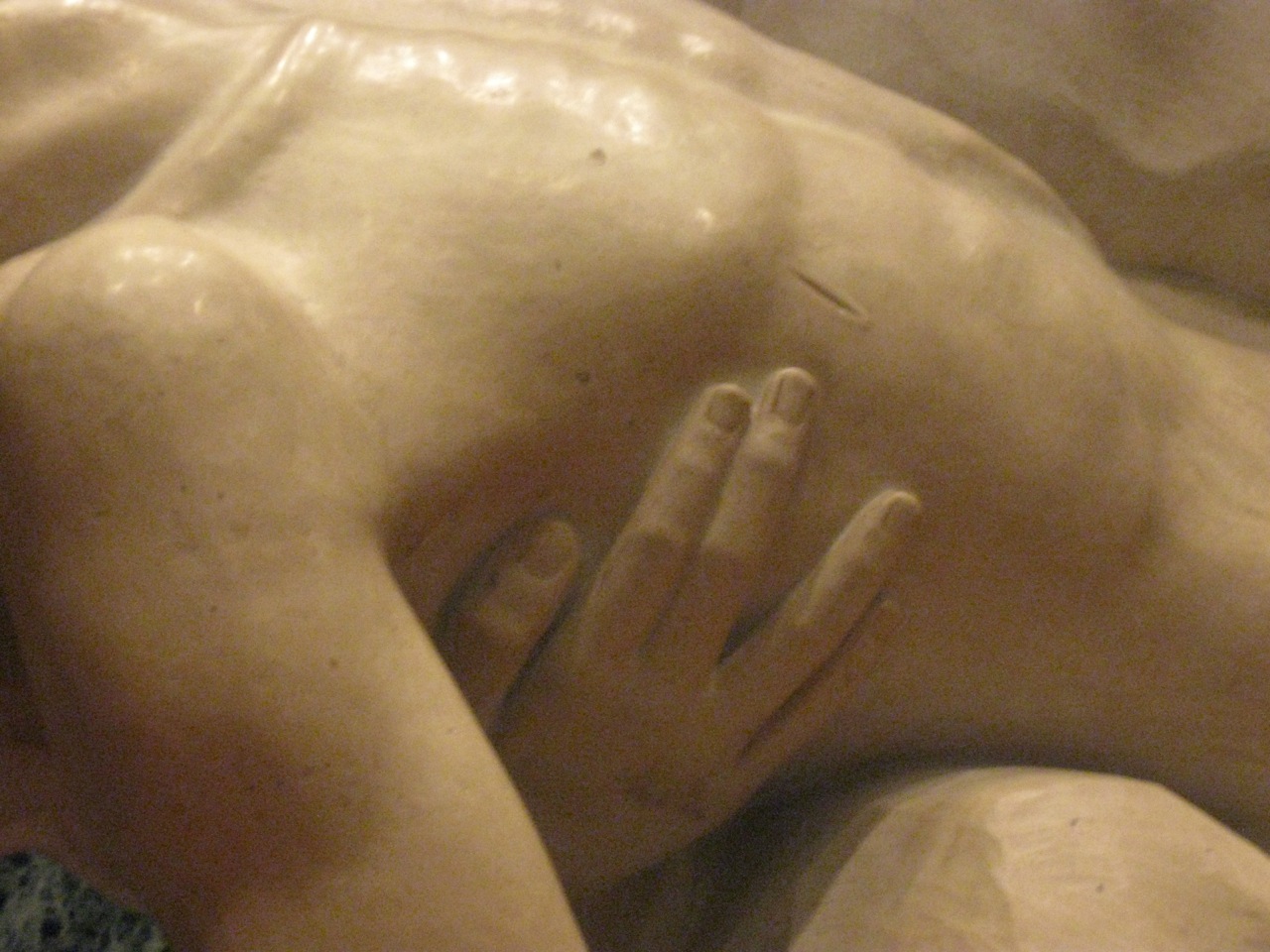
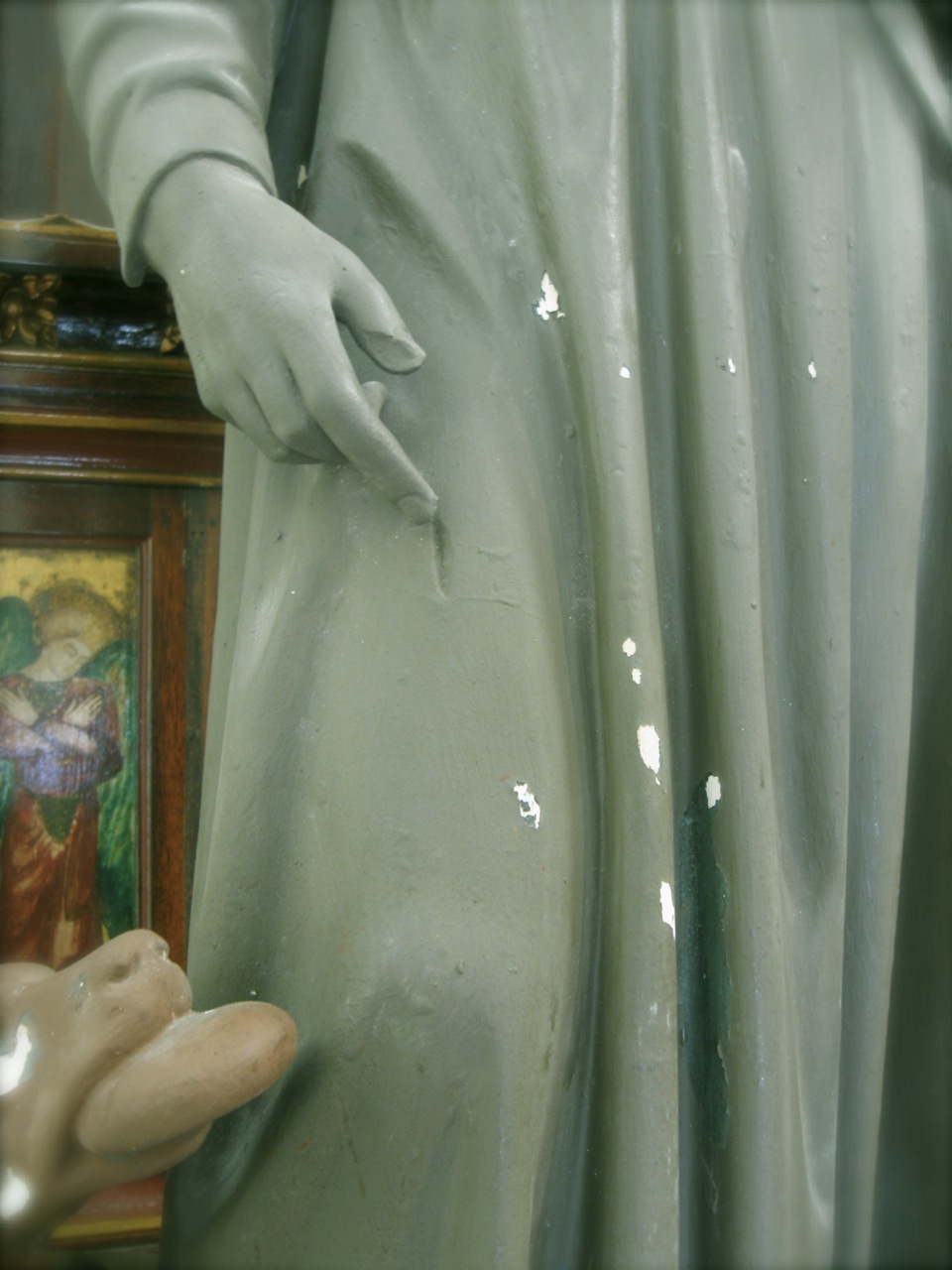
washington, dc & new orleans, la
Will to meet me in the orchard's shagged or shadowed southern light, the low rub of cicadas indexing their oil & eventide, then I would tell you -- everything.
--from "Pursuit of Happiness", Lucie Brock-Broido
Subscribe to:
Posts (Atom)







